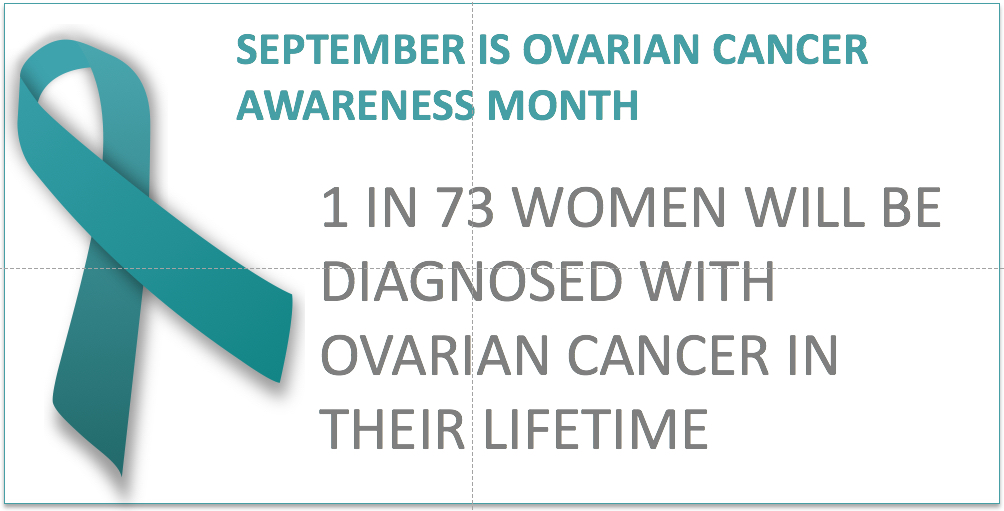Dr. Alberts describes intraperitoneal therapy and explains how this therapy is being used to treat women with ovarian cancer.
Dr. Alberts:
Ovarian cancer is inherently an intraperitoneal intra-abdominal disease. For the vast history, natural history of ovarian cancer the tumor remains in the intraperitoneal space. Only toward the very end of the natural history does the tumor generally get outside and metastasize to the lung or metastasize to the liver or other organ systems.
So it’s one of the very few solid cancers that remains local, even in advanced form – local, in the intraperitoneal space, and as the result, regional therapy, putting the drug where the tumor is, makes a lot of sense.
So, if a woman is diagnosed with stage-3 C disease, which is big, bulky disease, but has a resection of that disease down to either microscopic only, where you can’t see it, or to a very small tumor flex that are virtually not visible, at that point the best treatment that’s available is to put the drugs that normally are active in ovarian cancer into the intraperitoneal space with a specialized catheter and a port.
So, in fact we use the intravenous port-a-cath or whatever similar port-a-cath is available. We use a single Lumen catheter hooked to a port, put it into where the catheter is put into the intraperitoneal space laparoscopically after the surgical is done.
It’s simple procedure. Patients don’t have to stay overnight, but it gives us a way to access the intraperitoneal space with a simple needle called a Huber needle and we then can put drugs in very high concentrations where the tumor is, and for example, with a drug like Taxol or Pacclitaxel, which is one of the common drugs used in ovarian cancer, we can achieve 1000 times higher concentrations of drug at the site of the tumor by giving it into the belly and giving it intravenously, and frankly, with Pacclitaxel, reduce the toxicities – neurotoxicity, hair loss. We can really reduce toxicity and increase efficacy considerably.
About Dr. David S. Alberts, M.D.:
David S. Alberts, MD, has had a strong career focus on translational cancer prevention and treatment research. The emphasis of his laboratory-based and clinical research has been on the chemoprevention and treatment of such pervasive and potentially deadly diseases as cancers of the breast, colon, ovary, and skin. Clinically, Dr. Alberts pioneered new treatments for advanced ovarian cancers, including in vitro tumor cell chemosensitivity testing for personalized medicine strategies, intraperitoneal chemotherapy, and maintenance chemotherapy.
Visit Dr. Alberts at The Arizona Cancer Center








Add a CommentComments
There are no comments yet. Be the first one and get the conversation started!